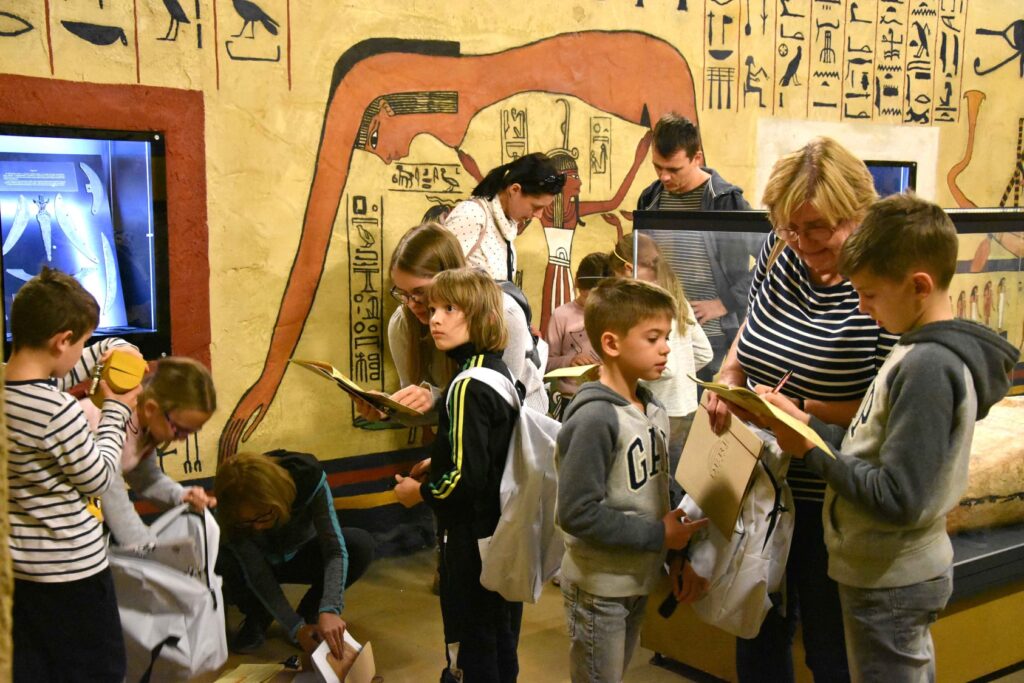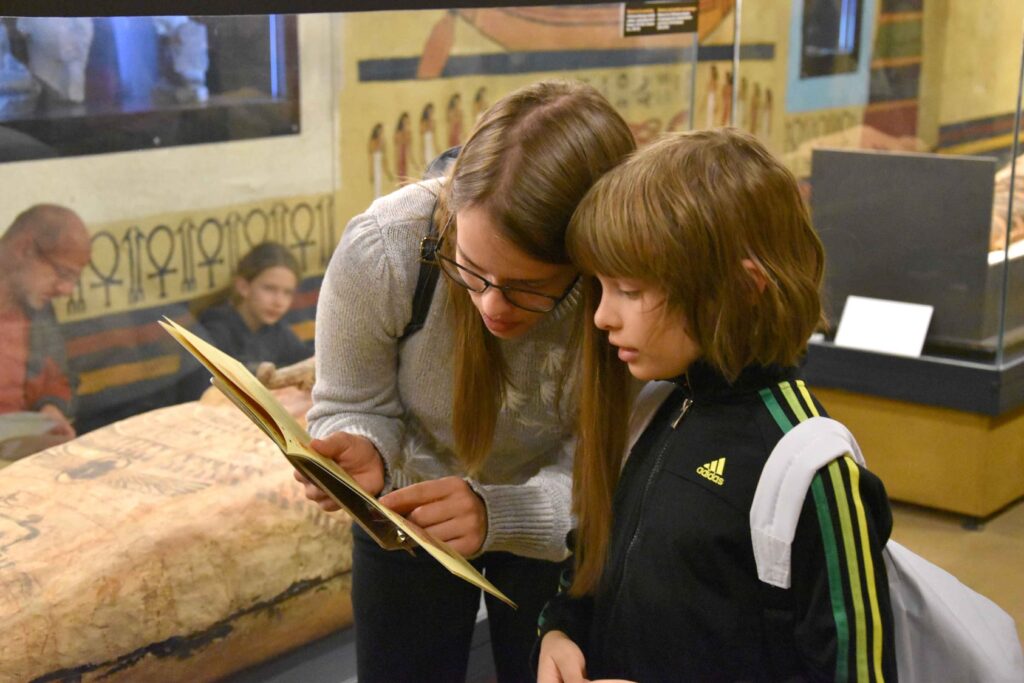The best way to get to know Debrecen’s cultural and architectural heritage is to wander the streets, squares, and museums of the city. The Déri Museum in Debrecen boasts one of the largest rural collections in the country, making it a must-see for locals and tourists alike. But who is the museum named after, what treasures can you find there and how can you make it a truly memorable experience? Here are seven interesting facts and behind-the-scenes secrets from the Déri Museum.
The Namesake
The name Déri sounds familiar to everyone, but how many people know who it really means? Frigyes Déri, whose name the museum bears, was born on 10 December 1852, the second child of a Jewish family of up-and-coming parents. His family emigrated to Vienna in 1873, where Frigyes trained as a merchant, and in 1882 he started his own business and soon became one of the most successful and respected textile entrepreneurs in the Austro-Hungarian Empire. As an amateur art collector, he amassed a vast private collection of items of considerable scientific value, which are a record of the development of human culture and civilization. In 1920 he donated his collection of several thousand pieces to Debrecen. His wish was that it should be placed in a Hungarian city which, by its size and nature, would be suitable for his collection to become a public treasure of Hungarian culture. Construction of the museum building, which was worthy of such a building, began in the 1920s and was opened on 25th May 1930 at a national ceremony. The eponym, Frigyes Déri, did not live to see the opening. More information about the donor can be found in the Déri Memorial Room of the museum.
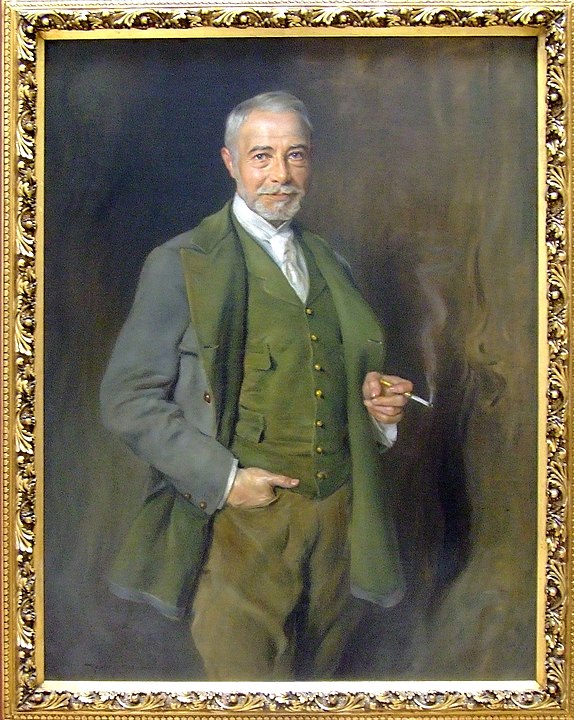
Once upon a time in the Füvészkert (Herb Garden)
Where the Déri Museum now graces the city of Debrecen, there was once a marshy area called Pap’s Pond. It was here that Sámuel Diószegi and Mihály Fazekas founded the Füvészkert in 1807. The garden was under the supervision of the Reformed College and was used for natural science education until 1922 when it was dismantled with the construction of the Déri Museum. In the Déri Museum’s permanent exhibition “The Garden”, you can get to know the Garden of Flowers through the figure and cult of Mihály Csokonai Vitéz through an imaginary garden, a place to sit and contemplate. The memory of the sometimes called “Füvészkert” is still preserved today in the name of the street next to Déri Square.
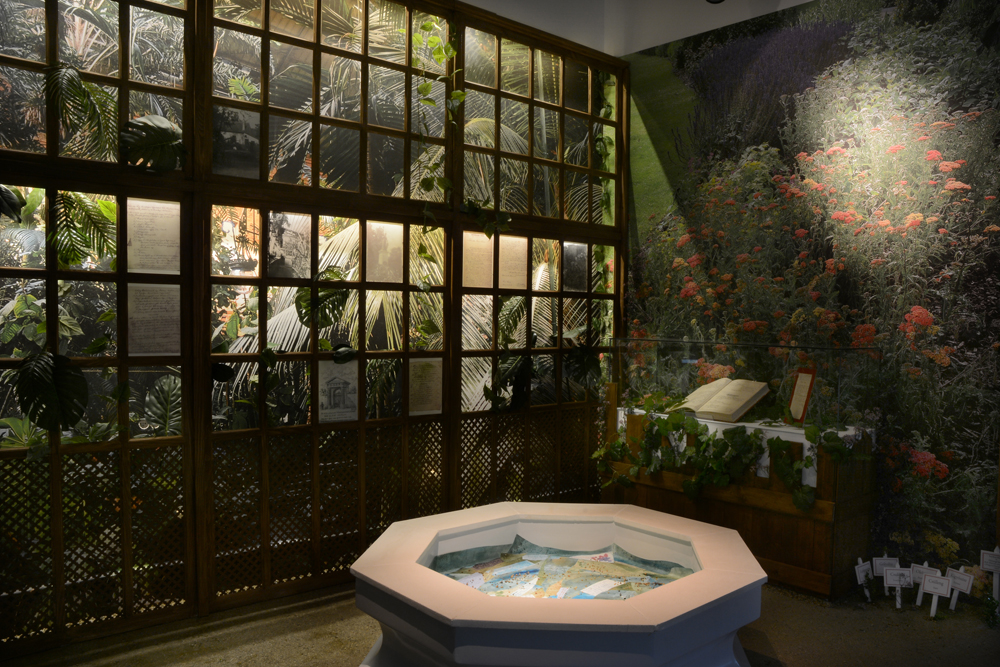
The famous Munkácsy trilogy
The most famous exhibition in the Déri Museum is the Christ Trilogy by Mihály Munkácsy, namely the paintings “Ecce homo”, “Christ before Pilate” and “Golgotha”. The first painting in the monumental trilogy, Christ before Pilate, was painted in 1881, followed by Golgotha in 1884 and Ecce Homo in 1986. The paintings have been exhibited not only in Budapest but also in cities across Europe and in America. What makes the works so special is that Munkácsy himself never saw them together, and the three paintings were first shown to the public on 25th August 1995 in the Déri Museum. The paintings can also be viewed in guided tours accompanied by light shows, which provide a biblical, musical, and art historical approach to the interpretation of the works.
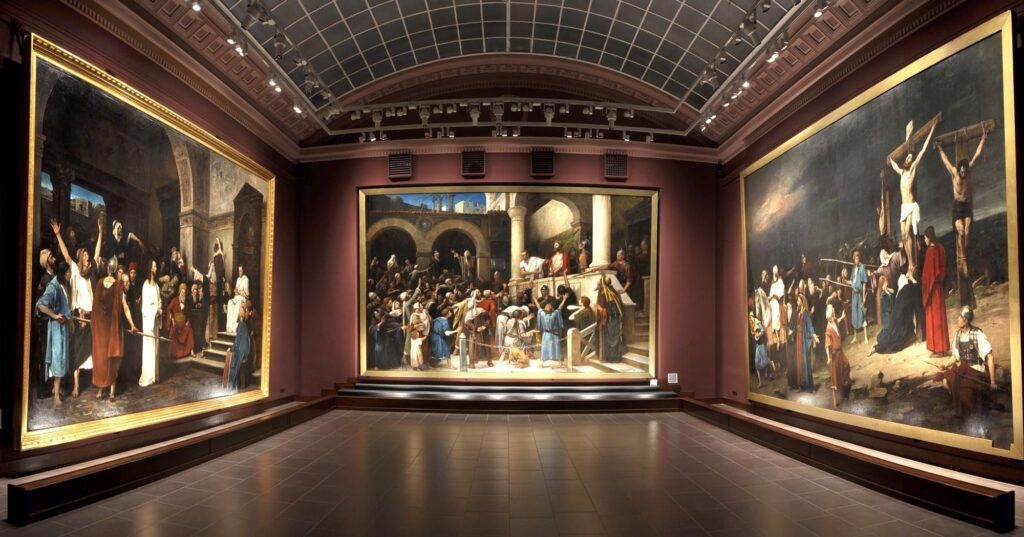
Mummy in the museum
Frigyes Déri’s priceless collection of 400 works of art from ancient Egypt is one of the most popular parts of the Déri Museum. And for good reason, as it is centered around two colourful sarcophagi, one of which contains a 3,400-year-old mummy. The mummy’s gender identity could not be established with certainty, so in 2012 it was subjected to a CT scan at the Kenézy Gyula Hospital in Debrecen, where it was proven to be male. The Egyptian collection is housed in the museum’s exhibition unit called Inhabitants of the Starry Sky, where visitors can explore the museum’s archaeological finds and forms of death cult, and can go from the Tree of Life in the centre of the room to the celestial sphere in the gallery, where they will find themselves in an Egyptian tomb chamber.
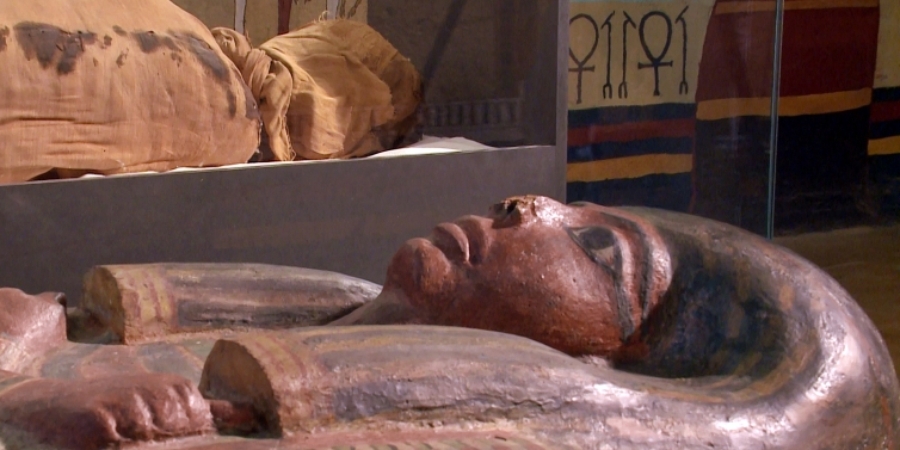
Museum GPS and playful museum adventures
The recently introduced Museum GPS helps you to explore the exhibitions of the Déri Museum in a more meaningful and exciting way. The app can be used with a smartphone and headphones to learn more about the museum’s special objects. In addition to individual visitors, groups of pre-school and school children can take part in thematic museum education sessions, where professional experts use interactive methods to bring children closer to the world of the museum. Families can enjoy backpacking adventures. With a creative activity booklet in the backpack, family members can travel to the Land of the Rising Sun and learn more about Japanese culture, or experience the mystery of the escape rooms in ancient Egypt with the Egyptian escape backpacks.
More museum experiences
After the Déri Museum, there are more exhibitions in the beautiful historic building at 28 Péterfia Street. The former town landlord’s house, built in 1770 in a neoclassical style with a porch, houses the Medgyessy Ferenc Memorial Museum and the Debrecen House of Literature, which can be visited with a ticket purchased at the Déri Museum. Since 1977, the Déri Museum has been taking care of the legacy of Ferenc Medgyessy, a two-time Kossuth Prize-winning sculptor, whose rich oeuvre is presented in the exhibition in one half of the museum. The other part of the building houses the Déri Museum’s permanent literary exhibition, which tells the story of 500 years of history through a variety of objects – manuscripts, books, and literary relics – and interactive tools. For those who love literary adventures, there is also a detective game called Miracle on Our Street, which combines culture and entertainment in the atmosphere of the escape rooms, evoking the world of the Debrecen writer Sándor Tas.
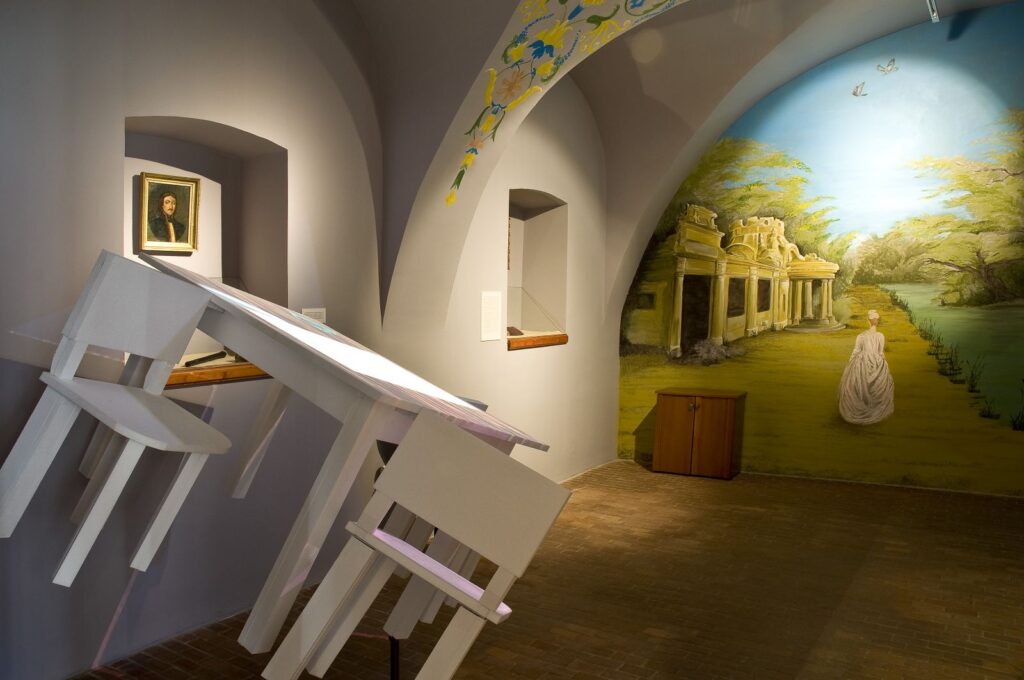
Treasures of the Déri Square
The stately neo-Baroque building of the Déri Museum is an impressive sight in itself. After wandering around the museum, it’s worth spending some time in the park, where the cultural and visual experience continues. In front of the museum you can see four allegorical sculptures by Ferenc Medgyessy, a famous native of Debrecen and two-time Kossuth Prize winner. The four sculptures each symbolise a museum activity, from left to right: archaeology, science, art and ethnography. There are three more Medgyessy sculptures in the park: the two female figures – Dancer and Venus of Debrecen – and a seated statue of Zsigmond Móricz, Medgyessy’s childhood friend. On the other side of the square is a statue of Tivadar Debreczeny entitled Merengő, in front of which the Verskert was inaugurated in 2021. The installation, based on Magda Szabó’s novel Abigél, will give the inhabitants of the town the opportunity to send messages to each other through poems. Perhaps the park’s most spectacular treasure, an imposing oak tree with stems, stands in the middle of Déri Square. More than 20 metres tall, the oak is probably over 120 years old, but its exact age is not known. What is certain is that it won a special prize in the 2020 Tree of the Year competition. The permanent natural history exhibition of the Déri Museum offers a glimpse into the past and present of the Great Forest, where the oak is an important tree species in the rich fauna and flora.
